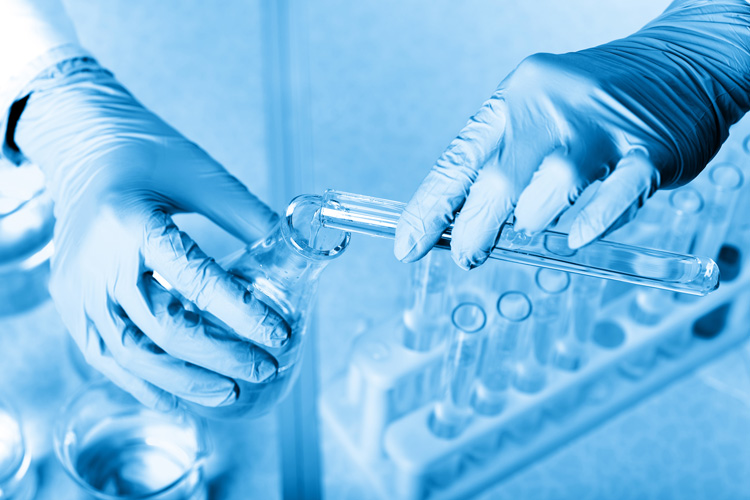+86-13961672821
+86-510-86268020
trust@hi2000.com
trust@hi2000.com
Room 807,No.169 Changjiang road,Huifu plaza,New centre,Jiangyin,Jiangsu China



Views: 0 Author: Site Editor Publish Time: 2025-09-17 Origin: Site









Walk into any plant office and you’ll probably see a dog-eared water-treatment poster taped above the desk. Nine times out of ten, DTPMP (diethylenetriamine penta(methylenephosphonic acid)) is somewhere on that cheat-sheet—and for good reason. The molecule is a double threat: it gums up the crystal seeds that become scale and lays down a micro-film that slows oxygen attack on steel. Feed it in the right window and heat-transfer surfaces stay bright, pumps last longer, and discharge permits are easy to sign off. Miss that window and you’re trading a few kilos of inhibitor for megawatts of wasted energy.
Open towers are basically giant air washers. They inhale CO₂, dust, and bugs, concentrate whatever was already in the make-up water, and then bake the brew at 30-50 °C. Calcium and magnesium carbonates that stayed politely dissolved at 150 ppm in the city main suddenly nucleate on the hottest bit of tube—usually right after a bundle bend where the boundary layer thickens. Add a pinch of dissolved oxygen and you’ve invented a corrosion cell that will eat carbon steel at 0.3 mm yr⁻¹ if left alone.
DTPMP interrupts both scripts. It parks on growth sites of CaCO₃ crystals and donates electrons to the iron surface, stifling the anodic half-reaction. Trouble is, it has to be there before the crystals or the rust show up—pre-treatment, not fire-fighting.
Think of three bands: soft, middling, and “I can’t see the bottom of the bucket.”
- Soft make-up (< 150 ppm TDS): 5–10 ppm active DTPMP in the circulating water is usually plenty.
- Moderately hard (150–300 ppm TDS): push to 10–15 ppm and keep an eye on conductivity; every 200 µS cm⁻¹ rise roughly doubles the saturation index.
- Hard or recycled water (> 300 ppm TDS, Ca²⁺ 2–5 mmol L⁻¹): plan on 15–20 ppm, but budget for 25 ppm if your cycles of concentration drift past five.
Closed loops with minimal fresh make-up are a different beast—3–10 ppm active is typical because the water chemistry is essentially “captured” on day one. If you’re seeing iron > 0.5 ppm on a closed system, either the inhibitor is being filtered out or oxygen is still getting in; chase the leaks before you chase the dosage.
Once you cross 10 bar and 185 °C, solubility product constants shrink by orders of magnitude. A feed water that was merely “hard” at the tap becomes a phosphate-spiked rock factory inside the steam drum. Worse, add too much caustic to hold the pH and you invite caustic gouging—knife-edge corrosion that can ditch a tube in a single outage.
DTPMP’s ace card is chelation stability at 10–12 pH and 200 °C. It wraps Ca²⁺ and Mg²⁺ into soluble six-ring complexes that stay in solution long enough to leave with the blowdown instead of plating out on furnace tubes.
- Low-pressure boilers (≤ 10 bar, ≤ 1 t h⁻1 evaporative loss): 15–20 ppm active in the boiler water handles feed hardness up to 100 ppm CaCO₃.
- Medium-pressure (10–60 bar, industrial power range): target 20–25 ppm. Raise blowdown to 8–10 % if conductivity > 4 000 µS cm⁻¹ or phosphate residual climbs past 20 ppm.
- Once-through or high-pressure drum units (> 60 bar, minimal blowdown): run 25–35 ppm active and polish the feed with softeners or RO first; you can’t blow down what you can’t afford to lose
A quick field rule: every 10 ppm CaCO₃ in the feed eats roughly 1 ppm DTPMP. Write that on the boiler log sheet and even the night shift can do the mental math.
Forget the marketing slide deck—real plants adjust dosage for only four reasons:
1. Water hardness & alkalinity: If Ca + Mg ≥ 200 ppm, bump 10–15 %. If M-alkalinity > 300 ppm, add another 5 % and watch the pH—high alkalinity hydrolyses phosphonate above 9.5.
2. Total dissolved solids: Once TDS ≥ 1 000 ppm, inhibitor efficiency drops roughly 1 % for every additional 100 ppm. A 20 % overfeed is cheaper than an acid wash.
3. Flow rate & skin temperature: Above 2 m s⁻¹ or 60 °C on the tube wall, residence time halves and reaction kinetics double. Add 5–10 % or switch to a higher-active salt (DTPMP·Na₇) that dissolves faster.
4. Metallurgy: Carbon steel systems need about 12 % more film-former than 316L because the native oxide is porous. Copper alloys are the opposite—drop the dose 10 % to avoid bronze wash-out.
- Thermal side: A clean exchanger keeps fouling factor below 0.0002 m² K W⁻¹. In a 10 MW chiller that translates to roughly 0.8 kW ton⁻¹ instead of 0.95 kW ton⁻¹—about 15 % less power on the same tonnage.
- Chemical bill: Running exactly 12 ppm instead of “somewhere near 20” saves roughly 0.8 kg DTPMP per 1 000 m³ circulated. At mid-2024 prices that is €200-250 per month on a 5 000 m³ loop.
- Discharge permit: Phosphorus limits keep tightening (≤ 10 ppm P in most EU catchments). Overfeeding 5 ppm product (11 % P) on a 1 000 m³ day⁻¹ blowdown busts the cap by 0.55 kg P day⁻¹—enough to trigger fines after 30 days of sampling.
DTPMP is forgiving, but it is not psychic. Start with the band recommended for your hardware and water, then titrate down until iron, copper, or conductivity wiggles—then walk it back 10 %. Log the numbers, share them with your chemical vendor every quarter, and you’ll stay on the right side of the scale, the corrosion coupon, and the regulator.